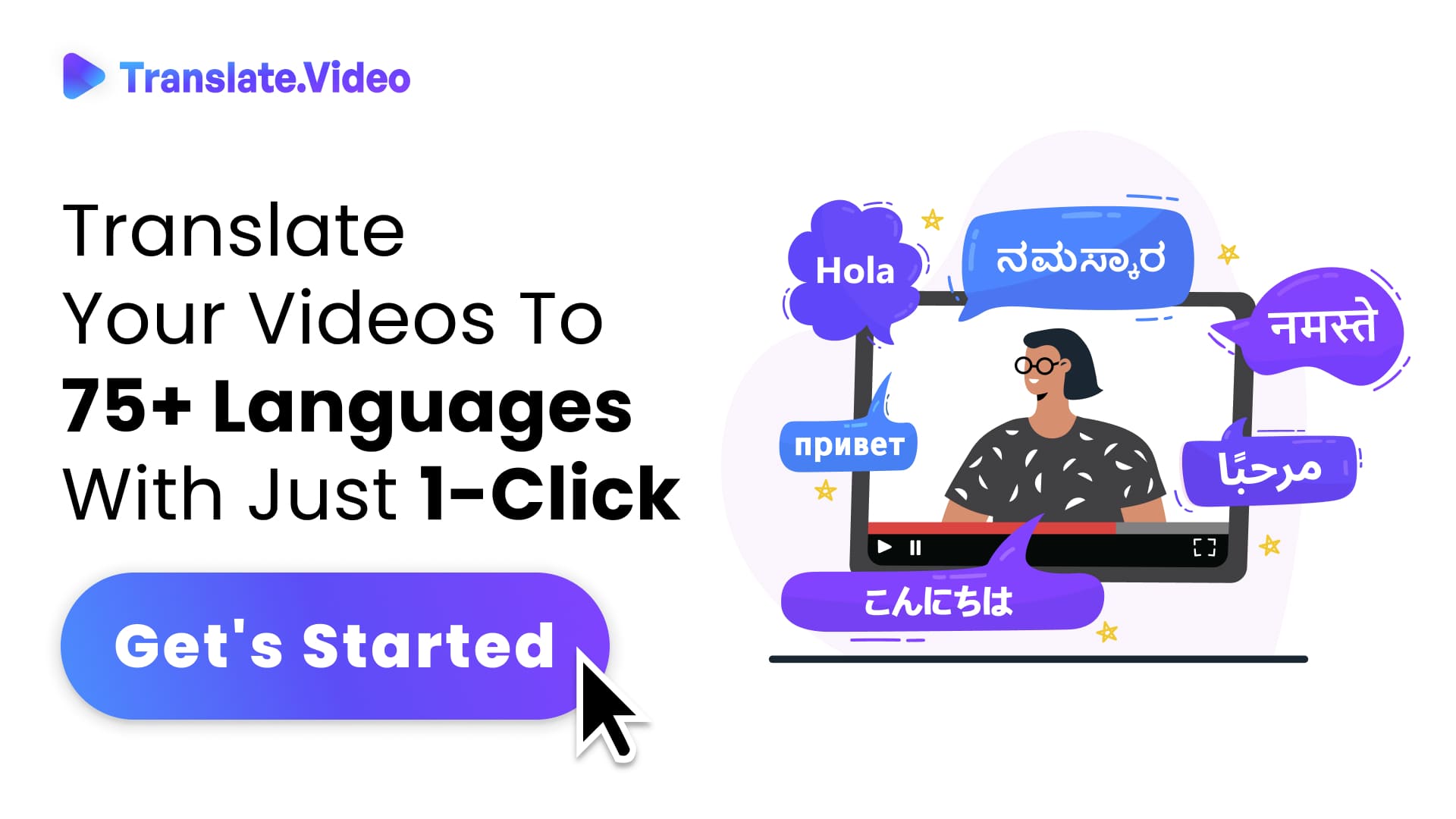Is It Possible to Have a True Translation?
The Art of Perfect Translation: Myth or Reality?

Language is an embodiment of culture, thought processes, history, and the very soul of its speakers. The question that often plagues linguists, scholars, and everyday speakers alike is, "Is it possible to have a true translation?"
A Symphony of Words
Have you ever listened to a song in a foreign language and felt the emotions even without understanding the words? That's the beauty of language. Yet, when we try to translate the lyrics, something often gets lost. And it led me to wonder, can any translation capture the essence of the original? Dive in with me on this linguistic journey!
The Age-old Quest
Since the dawn of the Tower of Babel, mankind has grappled with language barriers. We've striven for perfection in translation, seeking to bridge cultures and understanding. But is it truly attainable? Let's delve into the nuances of translation and see.
The Concept of True Translation
What is "True" in Translation?
When we speak of a 'true' translation, we're venturing into the realm of capturing not just words, but emotions, cultural nuances, tone, and even historical context. It's a tall order, isn't it?
Challenges in Achieving True Translation
Cultural Nuances
Idioms like "Biting the bullet" or "Cry over spilled milk" can be baffling when translated literally. Cultures have their unique expressions which don't always have direct counterparts in other languages.
Tone and Emotions
A sarcastic "Great!" in English might lose its sass when translated. How can one ensure the translated text evokes the same feeling?
Historical Context
Certain texts are deeply rooted in their historical backdrop. A mere translation of words might not convey the weight of history embedded within.
Role of AI and Technology
The Rise of Machine Translation
From Google Translate to specialized software, AI translation tools have come a long way. They’re quick, convenient, and often accurate. But can they capture the soul of a text?
The Limitations of Algorithms
While machines can process languages, they don't "understand" emotions or cultural nuances. They might give you a correct translation, but is it the 'true' translation?
How Can Translate.video Offer Accurate Translations Using AI?
The age-old adage, "Lost in Translation," may no longer hold true in our modern era, thanks to revolutionary tools like Translate.video. This AI-based translation platform is raising eyebrows in the linguistics community and for good reason. Let's dive deep into the nuances of AI-driven translations and discover how Translate.video promises accuracy and fluency.
The Language Barrier Dilemma
Picture this: you stumble upon an intriguing foreign film trailer on YouTube. The visuals are gripping, but you're left guessing the narrative since it's in a language unfamiliar to you. Now, imagine having a tool at your fingertips that effortlessly translates the video content in real-time. That's the magic Translate.video brings!
The Power of AI in Translation
Artificial Intelligence has paved the way for numerous innovations. But its potential in breaking down language barriers is something that fascinates me profoundly. How exactly does Translate.video harness this potential? Let's explore.
AI in Translation: An Overview
Neural Machine Translation (NMT)
The backbone of Translate.video's accuracy lies in Neural Machine Translation. Instead of translating word-for-word, NMT considers the entire context, offering translations that are fluent and make logical sense.
Continuous Learning
AI thrives on data. The more it's fed, the smarter it becomes. Every translation refines the algorithm further, ensuring fewer errors and increased accuracy over time.
Real-time Adaptation
Translate.video's AI doesn't just translate. It learns from user feedback, adapts to new slang, idioms, and colloquialisms, ensuring it's always up-to-date with evolving language trends.
Why Translate.video Stands Out
Audio and Video Synchronization
One of the platform's unique features is its ability to sync translations with audio and video content. This is crucial for understanding context, especially in videos where visual cues complement spoken words.
Multilingual Capabilities
With support for numerous languages, Translate.video bridges gaps across diverse linguistic landscapes. Its AI is trained on a myriad of sources, ensuring it's well-versed in both popular and lesser-known languages.
User-friendly Interface
Accuracy doesn't have to come at the cost of complexity. Translate.video boasts an intuitive interface, making translations seamless even for those not tech-savvy.
Real-world Applications
Global Content Sharing
Content creators can now reach global audiences without language constraints. Whether it's a tutorial, documentary, or vlog, Translate.video ensures it's comprehensible to viewers worldwide.
Educational Purposes
For students and educators alike, this platform serves as a tool for learning and teaching foreign languages, cultural studies, or any subject that can benefit from diverse, global content.
Conclusion: The Future is Multilingual with Translate.video
In my journey exploring translation tools, I've come across many. But Translate.video, with its robust AI-driven approach, stands tall. It's not just about changing words from one language to another. It's about ensuring that emotions, contexts, and nuances are accurately conveyed. As our world becomes more interconnected, tools like Translate.video will play a pivotal role in fostering understanding and unity.
Trending Tags
Trending Blogs
What are you waiting for?
Your Dubbing, Subtitles, Captions in one place
Signup free!
